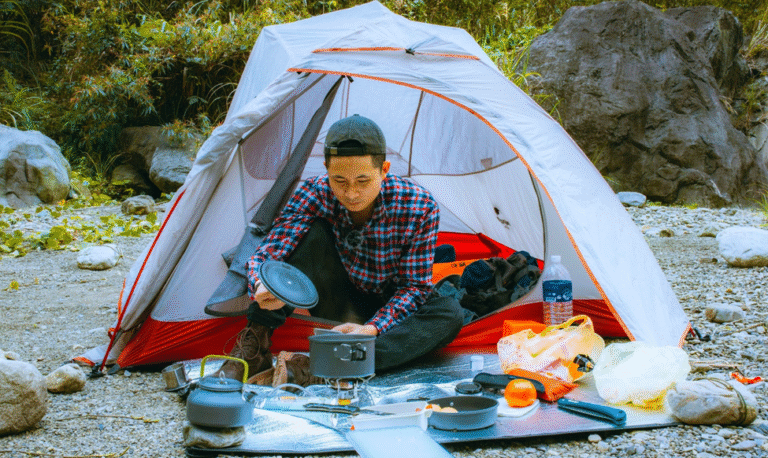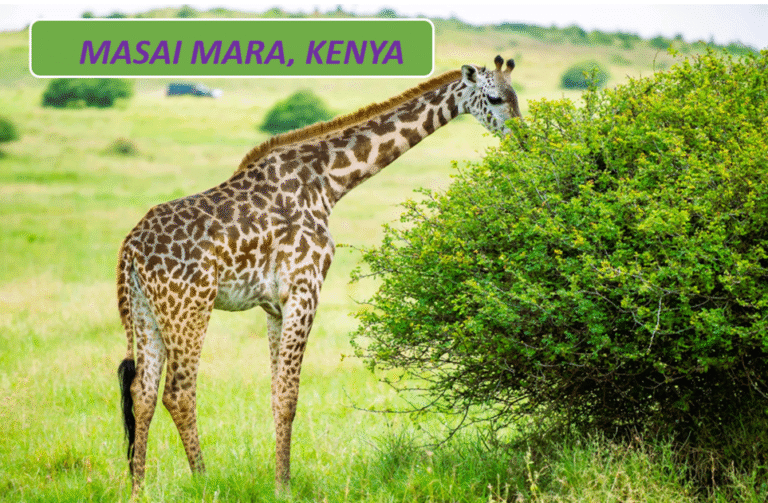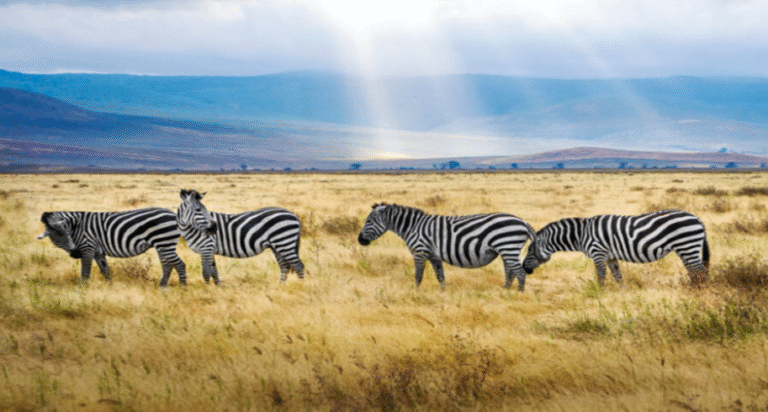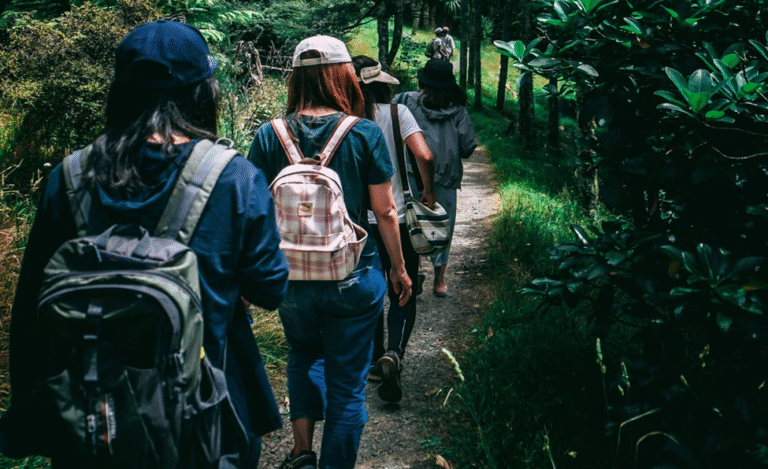
A multi-day hike is an adventure. It’s thrilling and challenging. prepare for a multi-day hike well is key to success. Here’s how to get ready:
Plan Your Route
Start with research. First, choose a trail that suits your experience. Then, check the length, elevation, and weather patterns. For instance, some trails have steep sections. Meanwhile, others might be more gradual. As a result, knowing this helps plan your fitness training to prepare for a multi-day hike.

Map It Out
Download maps or get a paper map. Then, mark rest spots and water sources. Next, study your route carefully. Also, note any potential hazards. By doing so, understanding your path can reduce surprises on the trail.

Build Your Fitness
Training is essential for a multi-day hike. Hiking long distances takes endurance. You need strength in your legs, back, and core. Start with regular walks. Increase your distance and pace over time to prepare for a multi-day hike.

Add Weight Gradually
Carry a small pack during training. Slowly increase the weight. Simulate the weight you’ll carry on the hike. This helps your body adjust to the load. The goal is to build stamina without injury.
Practice Hills and Uneven Terrain
Hiking often includes steep hills and rocky paths. Find hills to walk up and down. Use uneven ground when you can. This builds stability in your ankles. It also improves your balance, essential for tricky terrain.
Pack the Right Gear
Packing light is important for a multi-day hike. However, don’t sacrifice essentials. Here’s what you’ll need:
1.Backpack
Choose a comfortable backpack. Look for one with a hip belt. This takes weight off your shoulders. Aim for a pack round about 50-60 liters for most multi-day hikes. practice with it to make sure it fits well and helps you prepare for a multi-day hike.

2. Shelter and Sleeping Gear
Your sleeping gear depends on the hike. For example, for uneven trails, a tent is best. On the other hand, for well-maintained paths, a hammock or bivy bag could work. In addition, you’ll also need a sleeping bag appropriate for the climate. Therefore, check the temperature score. Furthermore, a sleeping pad enhances comfort and insulation from the ground.

3.Clothing Layers
Weather changes quickly in nature. Therefore, wear layers you can add or remove. Start with a moisture-wicking base layer. Next, add a warm, insulating layer for cold evenings. A waterproof outer layer is also important.

4. Cooking and Food Supplies
Food is fuel on a hike. Therefore, bring lightweight, high-calorie options. For instance, dried fruits, nuts, and granola are great snacks. Moreover, instant oatmeal and pasta work well for meals. To prepare these, use a compact stove and fuel.
5. Water Purification
Access to safe drinking water is important. Therefore, bring a water filter or purification tablets. Additionally, always purify water from rivers or lakes. This is important because it prevents sickness from bacteria or parasites.
6. First Aid
When going on a multi-day hike, Start with a well-stocked first aid kit. Your first aid kit should be compact and include:
- Adhesive bandages for scrapes and blisters
- Gauze pad with medical tape
- Use antiseptic wipes to disinfect wounds
- Keep pincers for shards and ticks.
- Must keep ibuprofen, used for pain medicines.
- To treat allergic issues, keep Antihistamines with.
- Moleskins or wound treatment pads.
- Antibacterial ointment to stop infection.
- Place items in waterproof bags to keep them dry and arranged.
7.Navigation Skills

Bring a compass and learn to use it. A GPS device is helpful but not foolproof. Batteries can run out. Practice basic navigation before your hike. Know how to find landmarks and read maps.
8. Pack for Emergencies
Hiking involves unexpected conditions. Prepare accordingly, with the right gear. Bring a whistle, headlamp, and multi-tool. A small repair kit for your gear is also beneficial. Fire-starting supplies and emergency blankets add further safety. These basics are part of how you prepare for a multi-day hike.
9. Tell Someone About Your Plans
Inform a family member or a friend of your route. In addition, share your expected return time. In this way, someone knows where to find you if needed.
10. Rest and Pace Yourself
Do not hurry. Instead, start slow and find a steady speed. Additionally, take breaks often to rest your body. Whenever possible, hike through daylight hours. This is not only safer but also lets you enjoy the scenery. Furthermore, pay attention to your body. For example, stop if you feel pain or uneasiness. In the long run, taking it slow can avoid injuries.
Embrace the Adventure

Hiking is a physical and emotional journey. Challenges will emerge, but they will pass. Enjoy the natural beauty all around you. Please respect the trail and leave no trace. Prepare for a multi-day hike and you’ll find the experience is more memorable and safer.
FAQ’s
What gear do I need for a multi-day hike?
What’s the best way to plan my food and water?
Which training steps should I follow for a multi-day hike?
How can I pack efficiently?
What should I know about safety on a multi-day hike?






